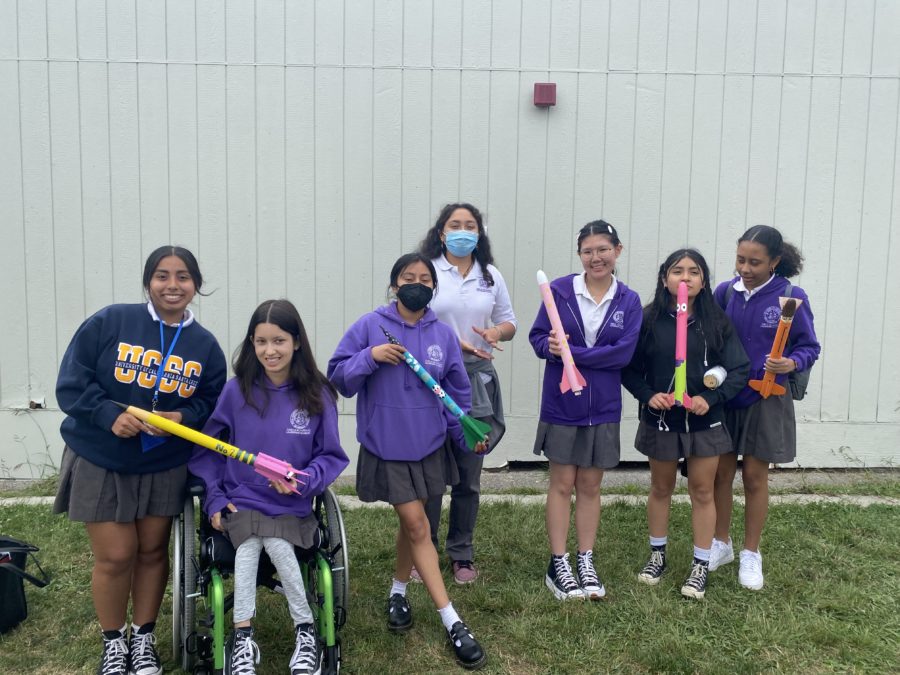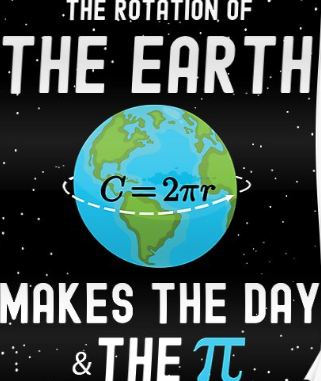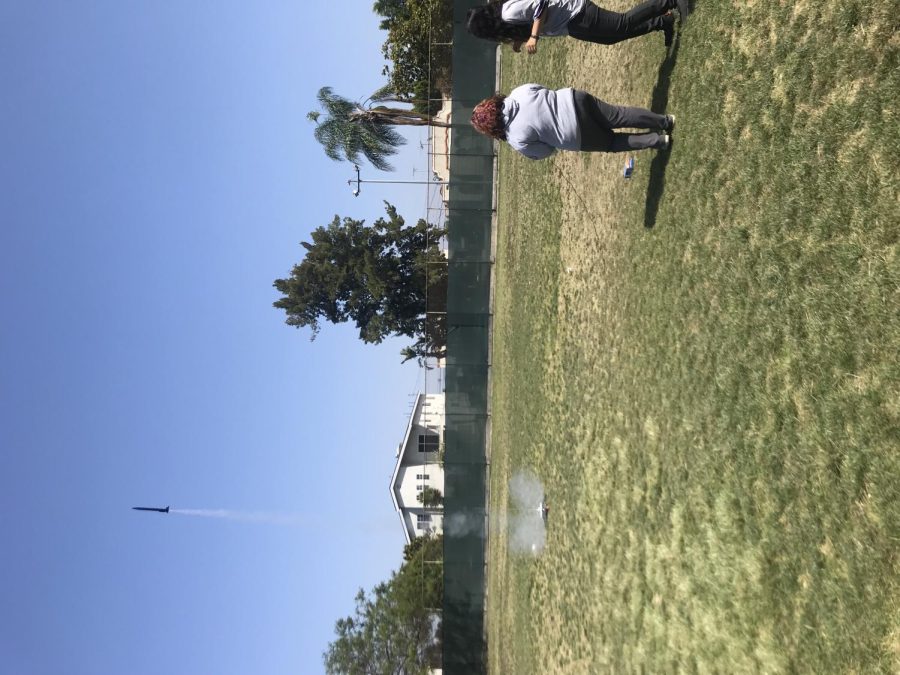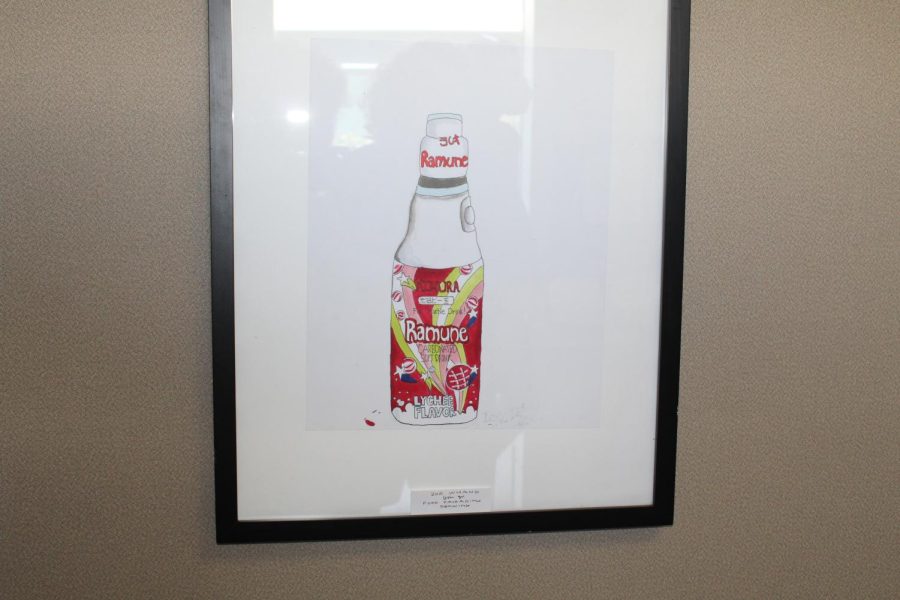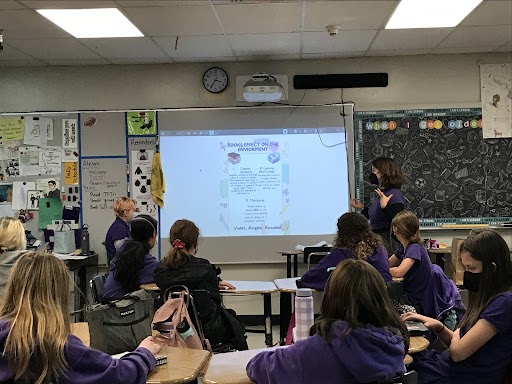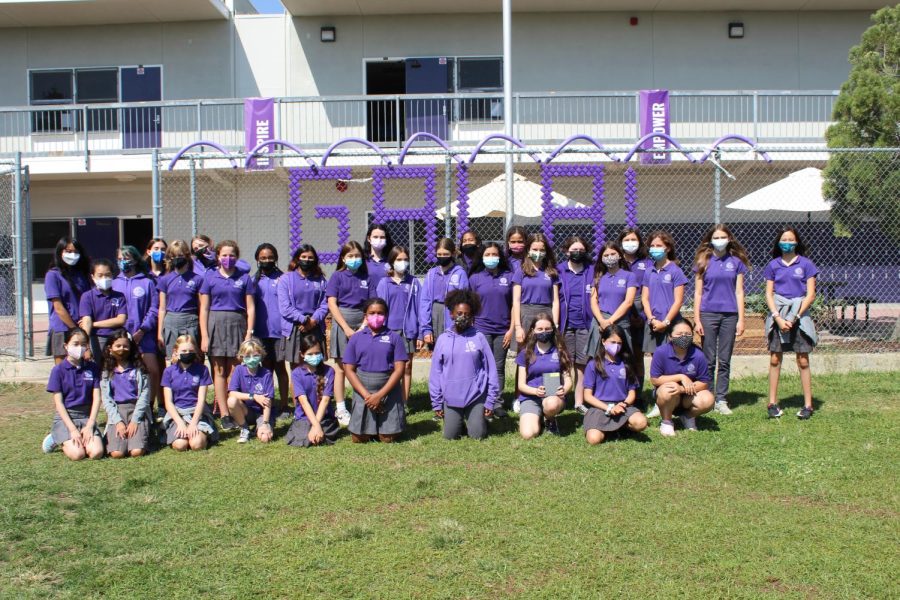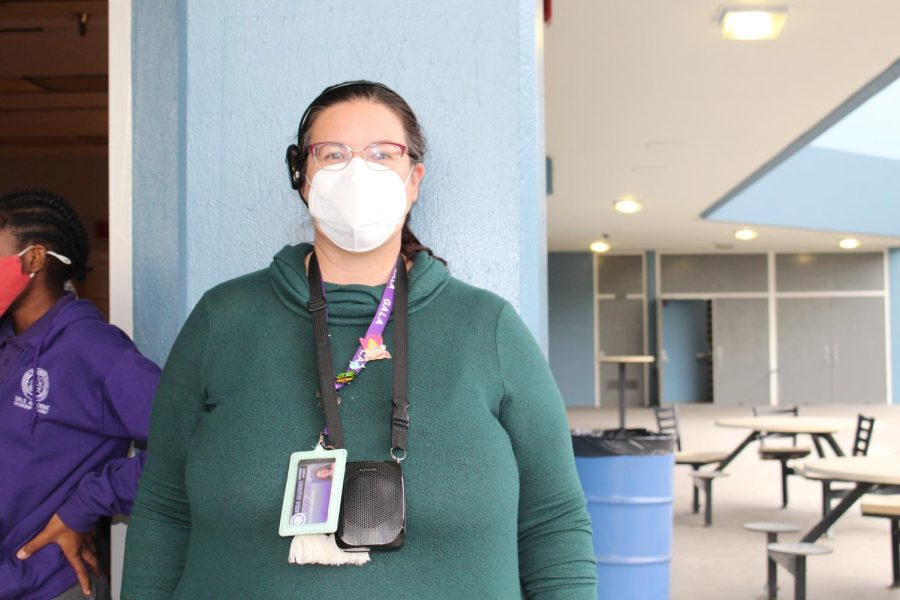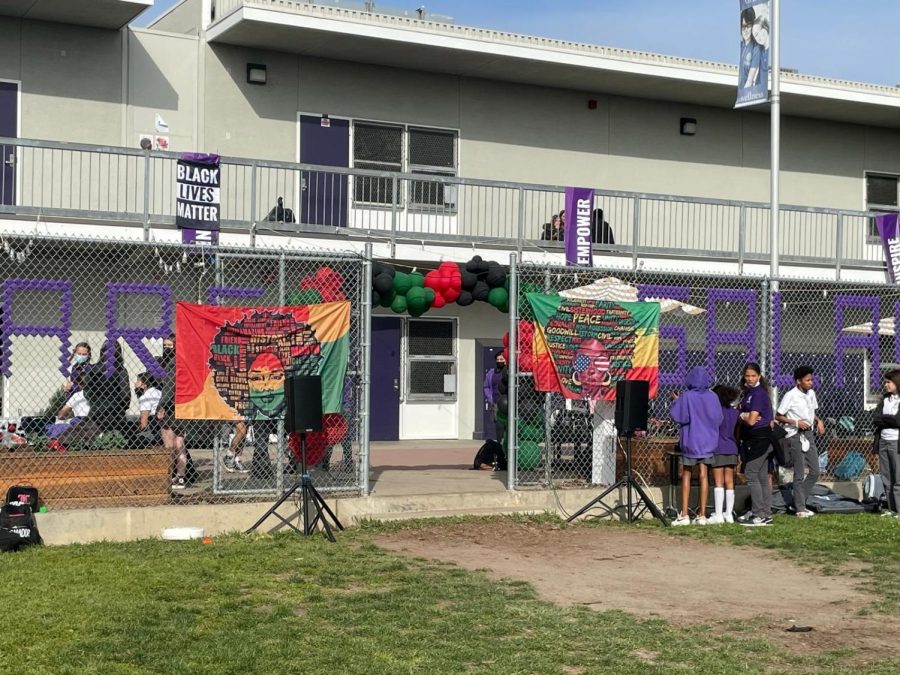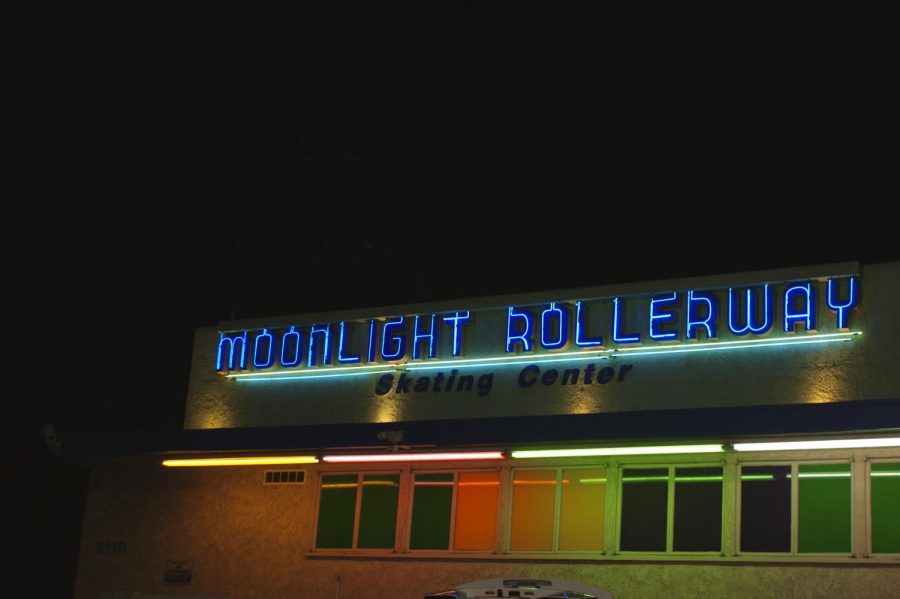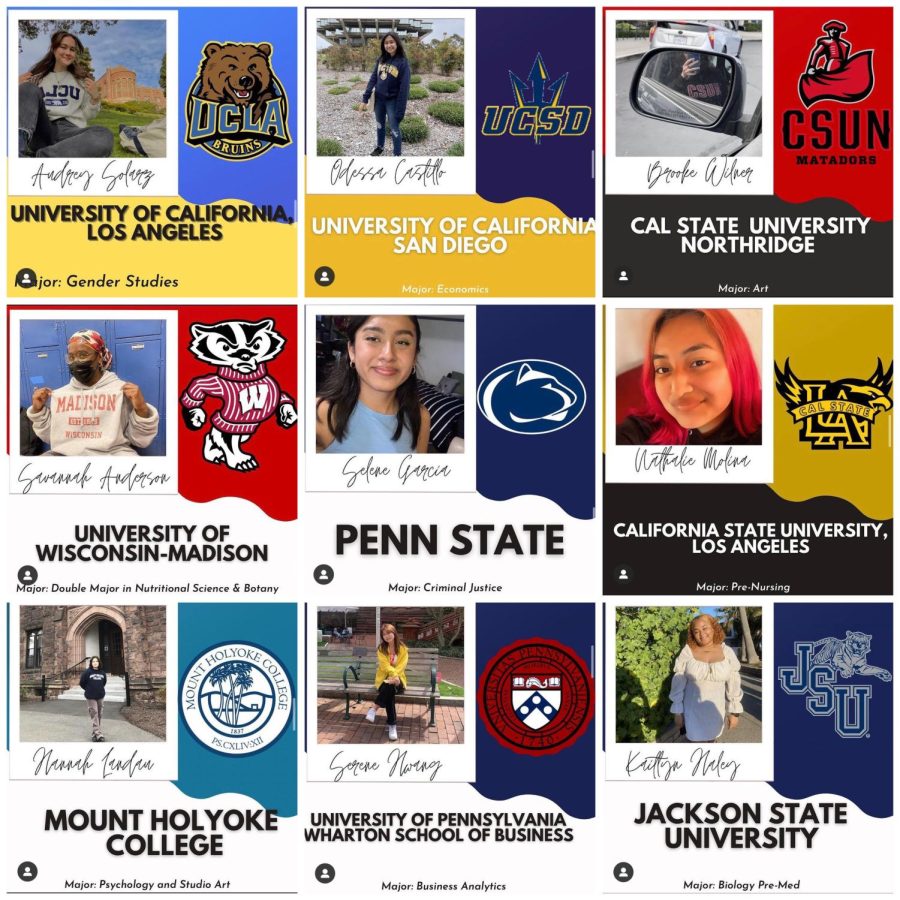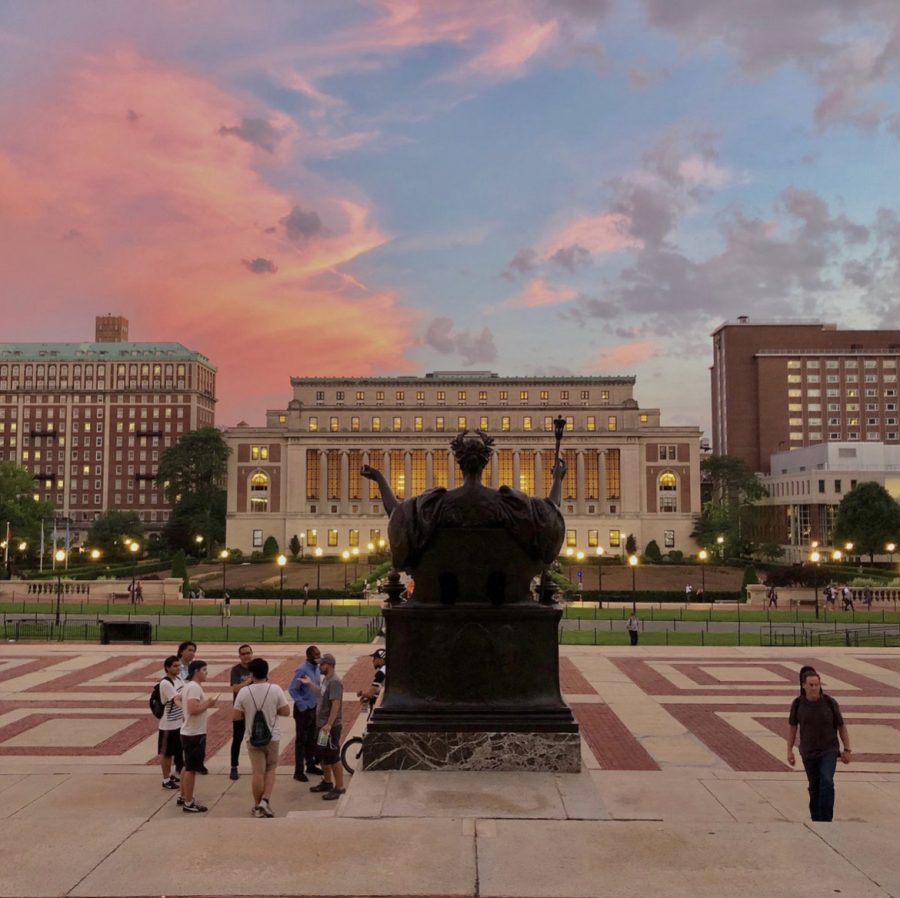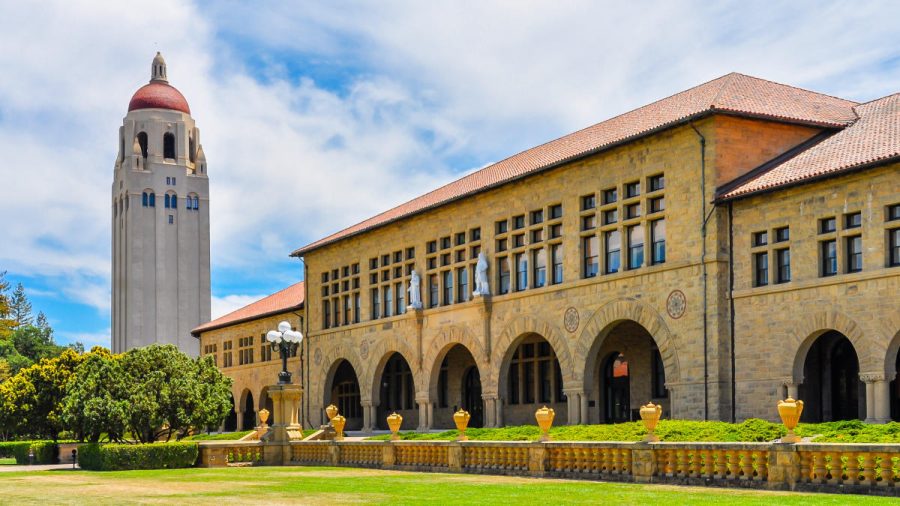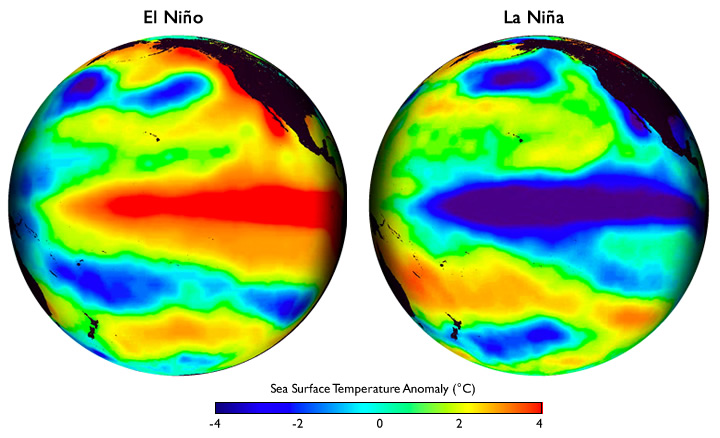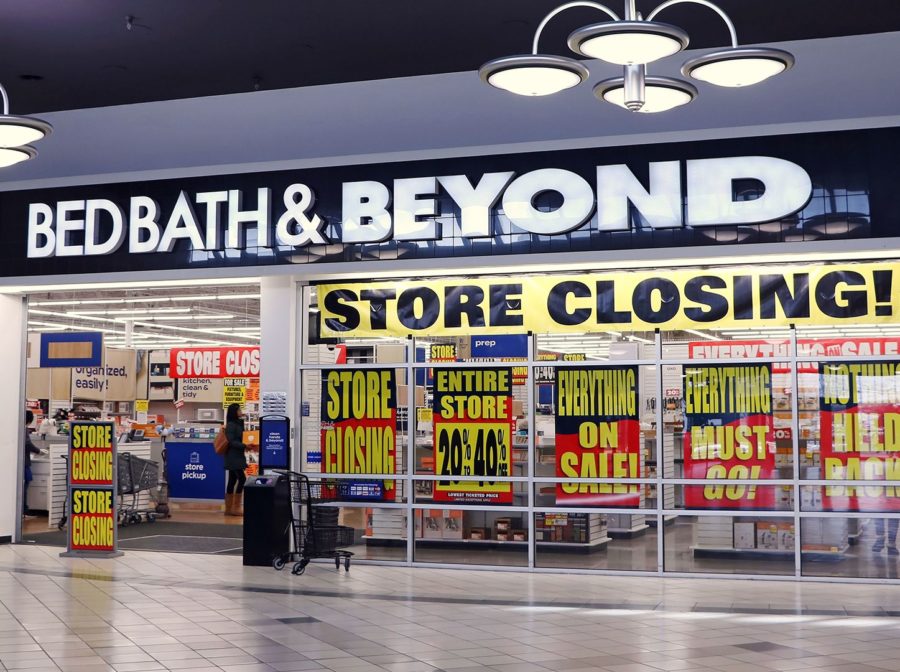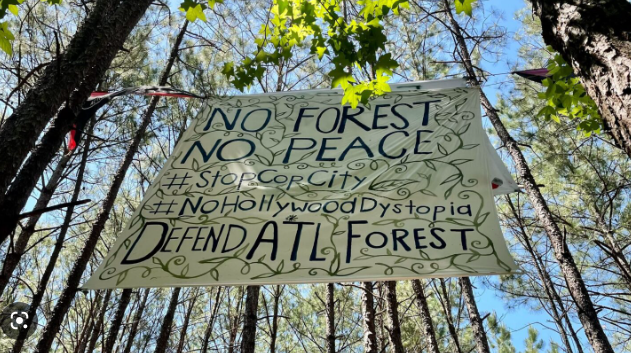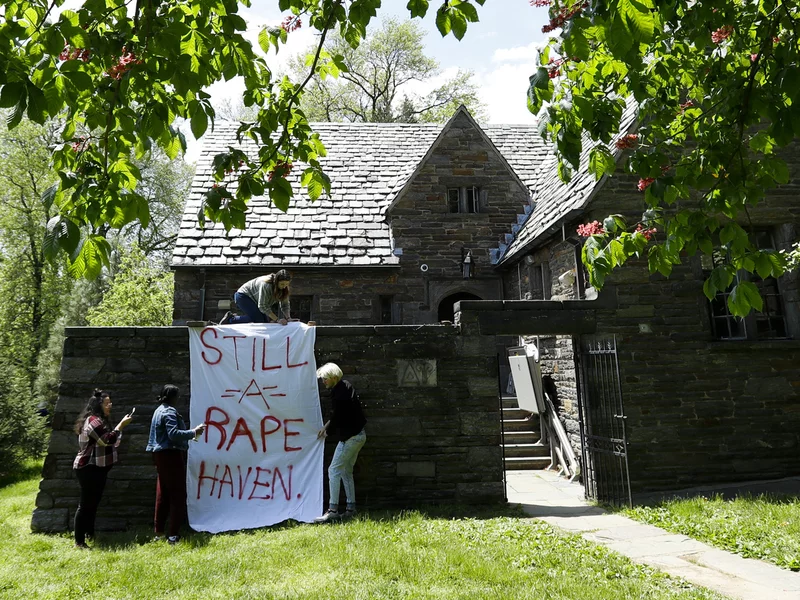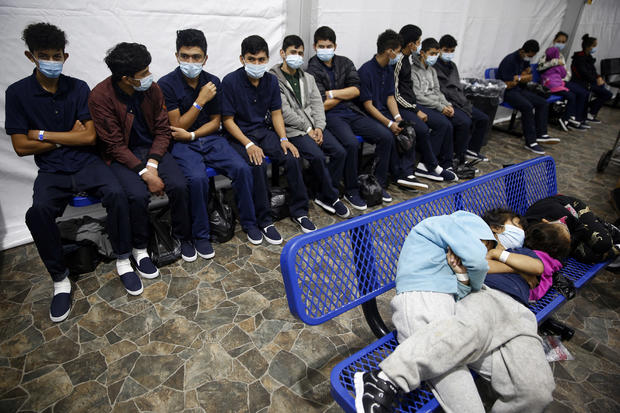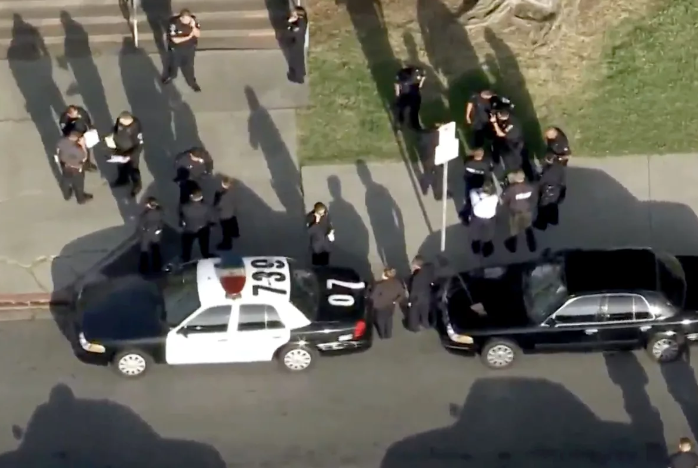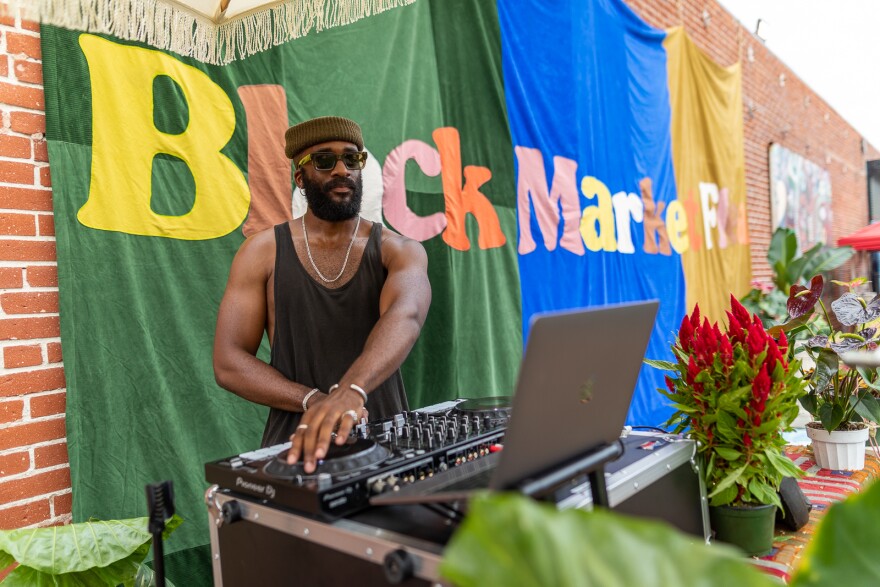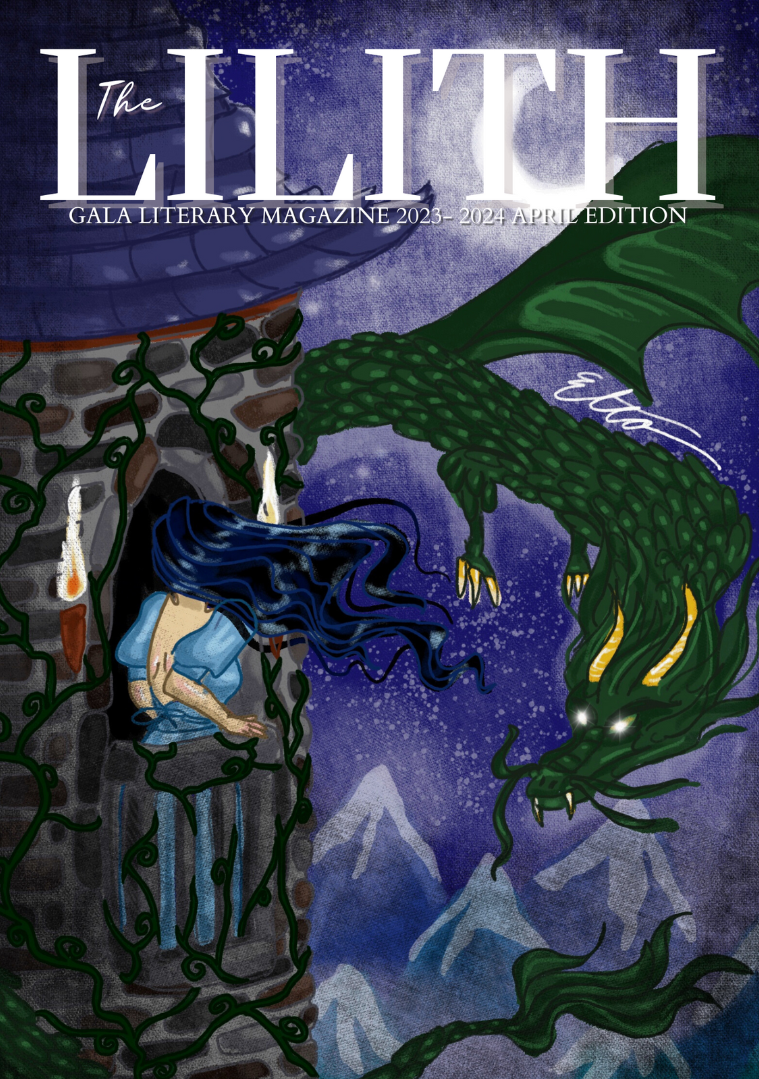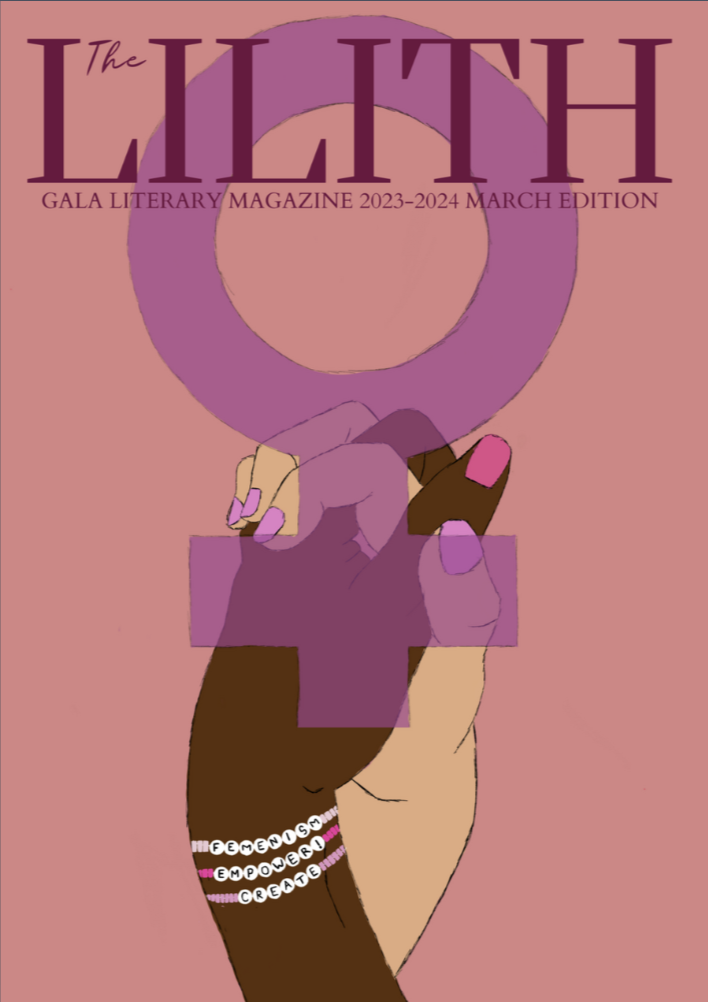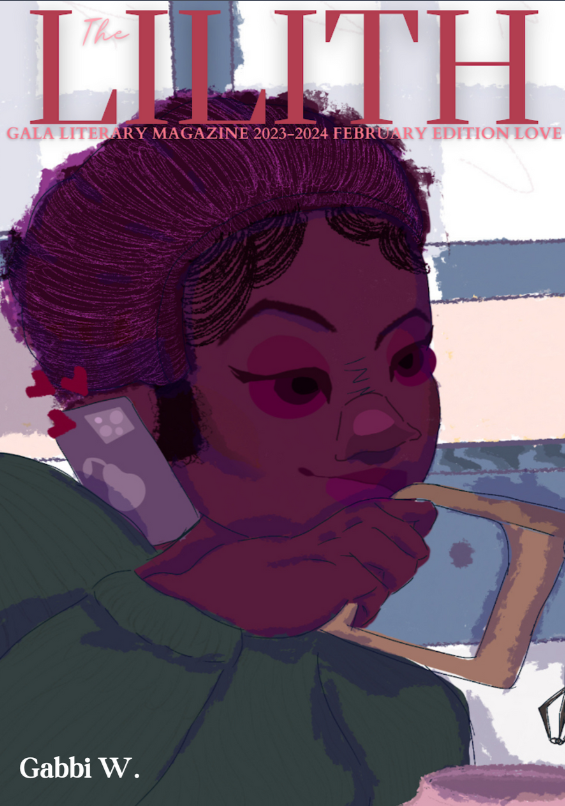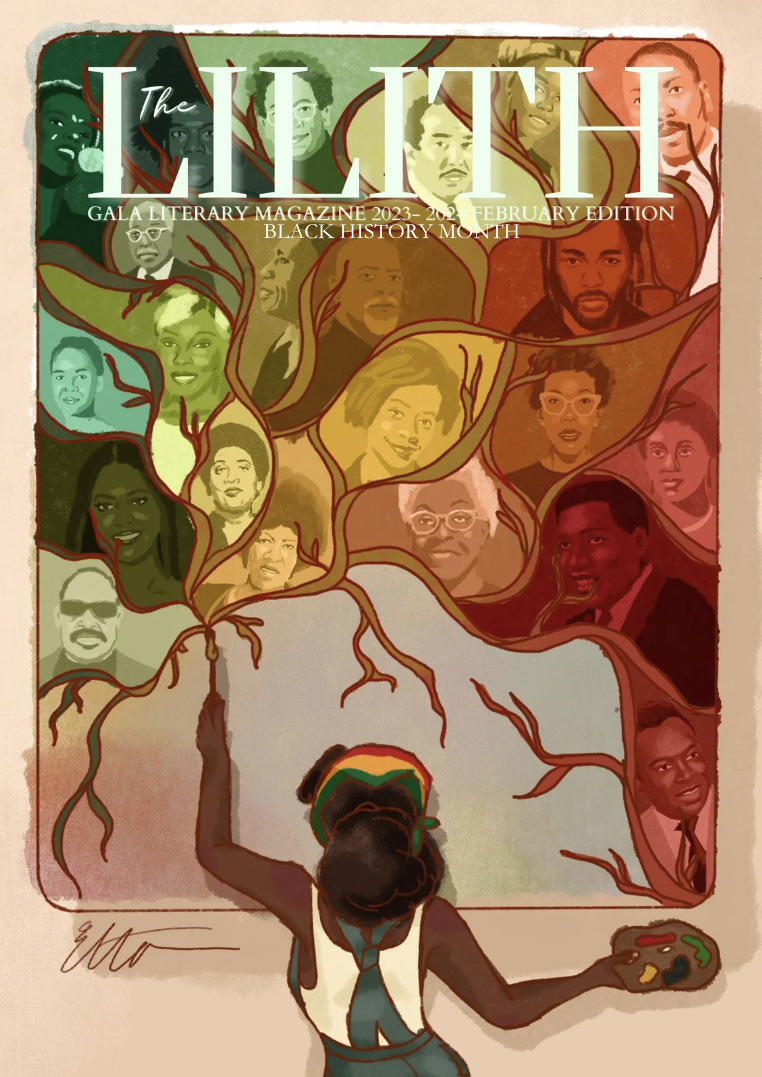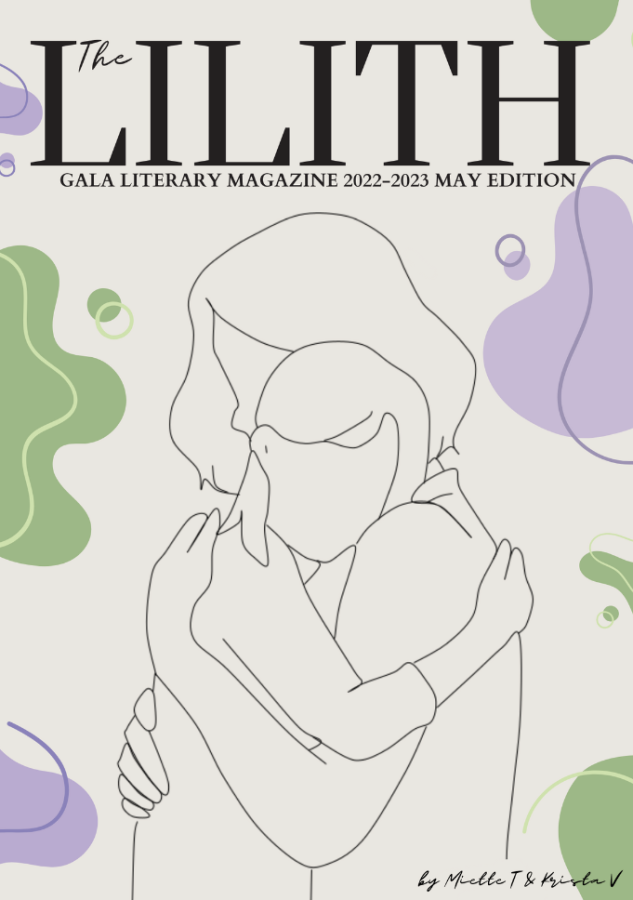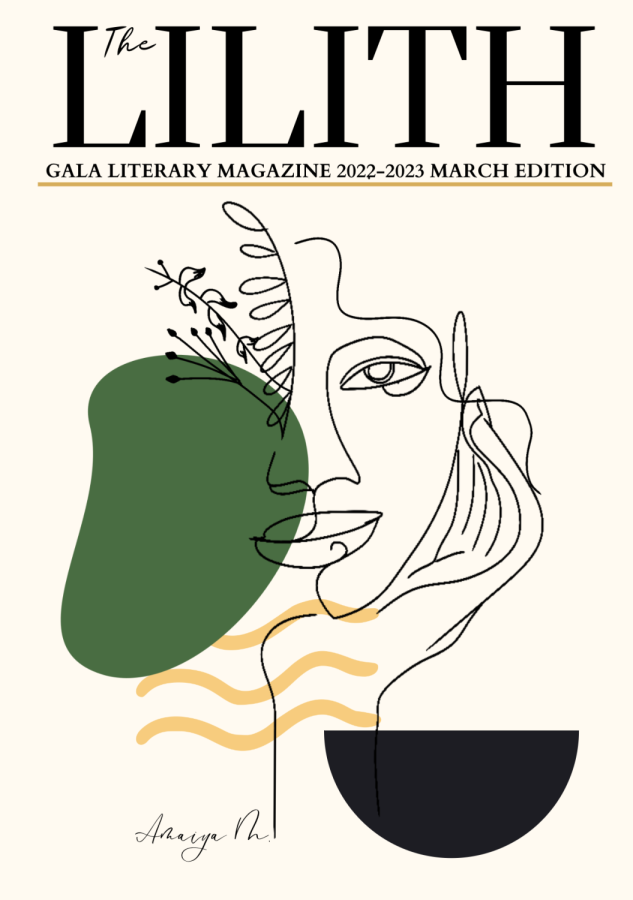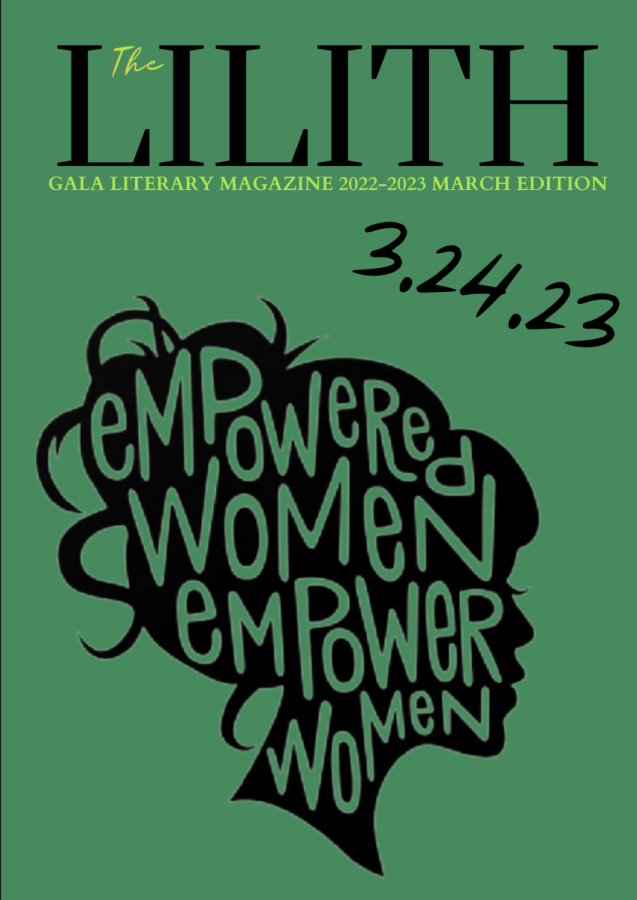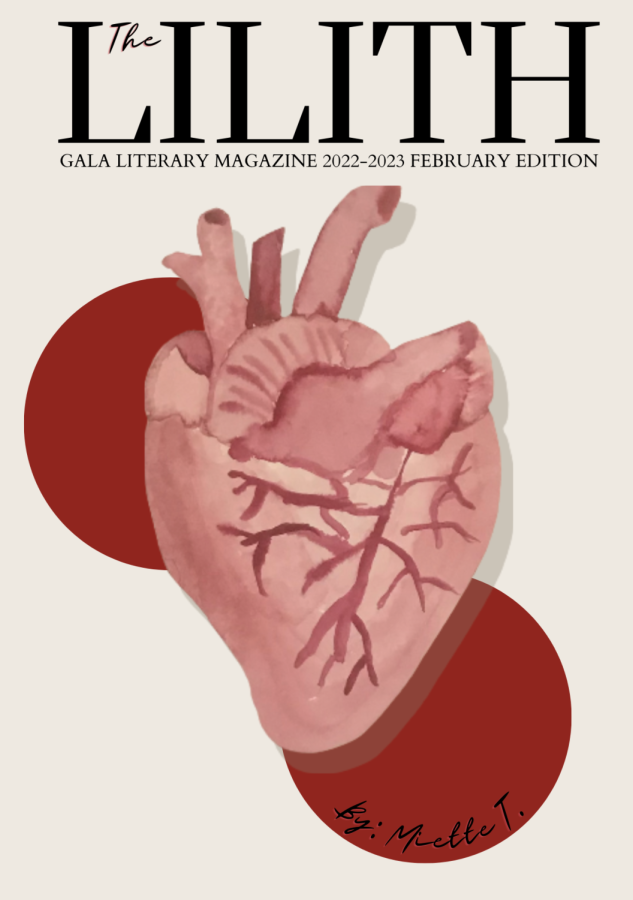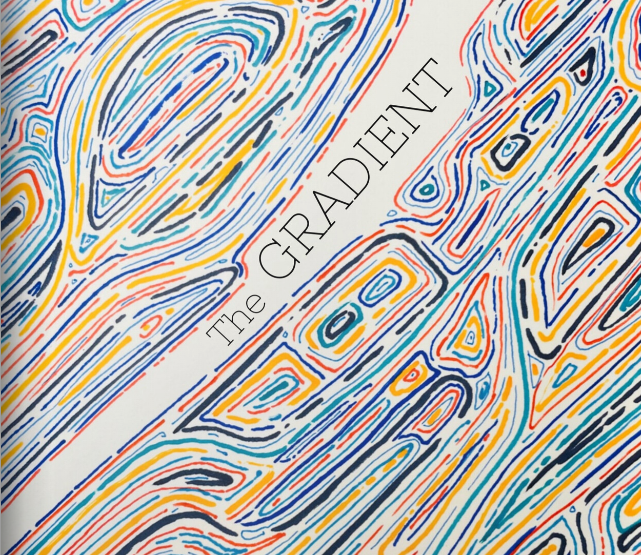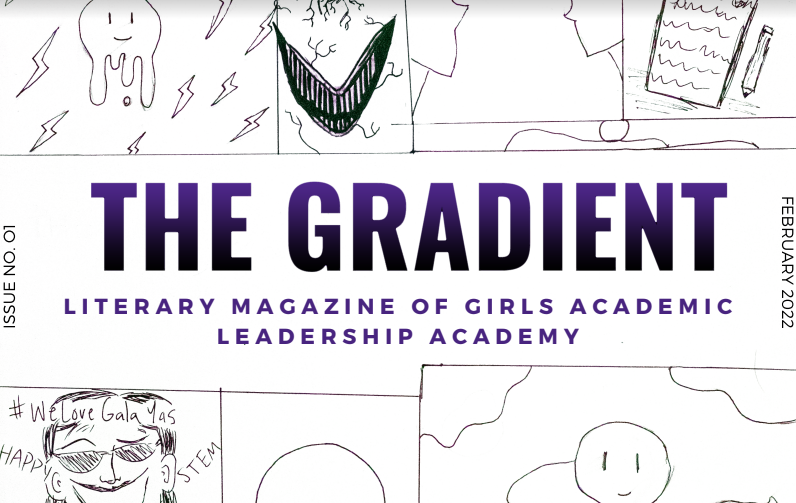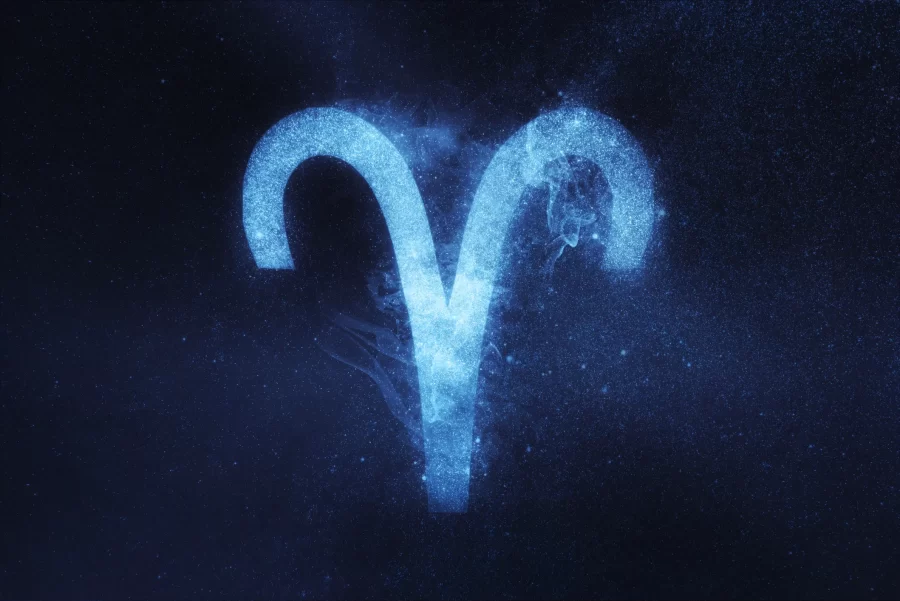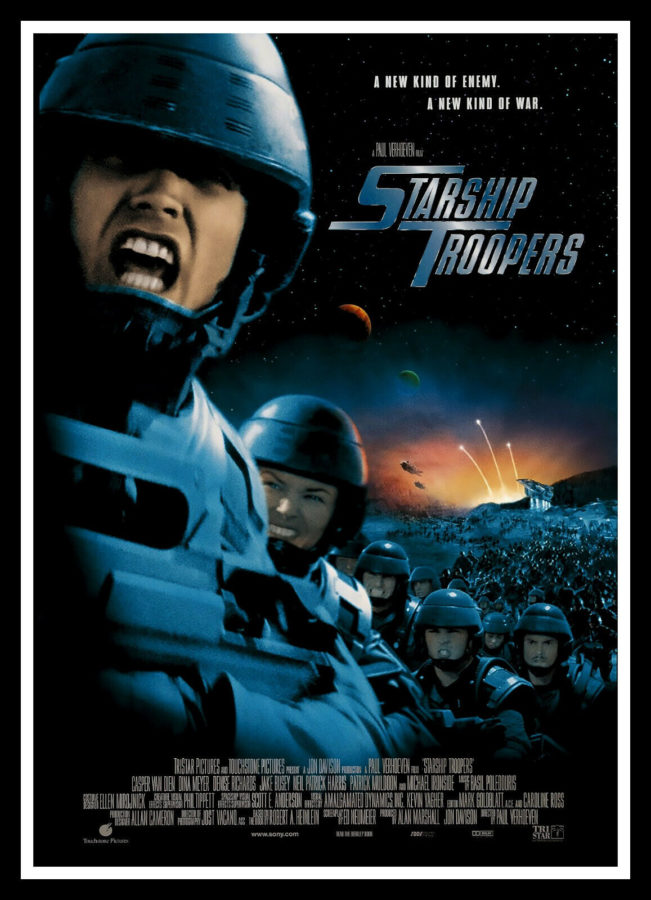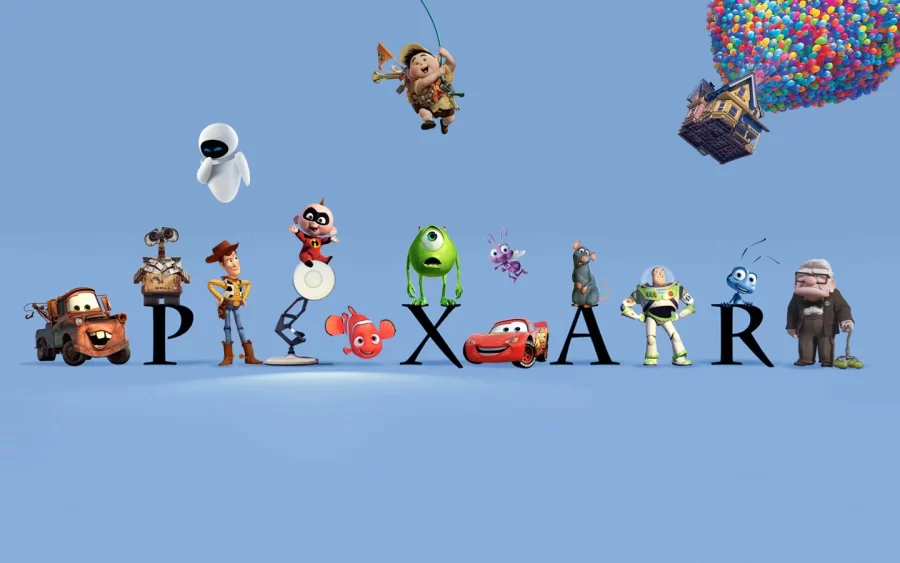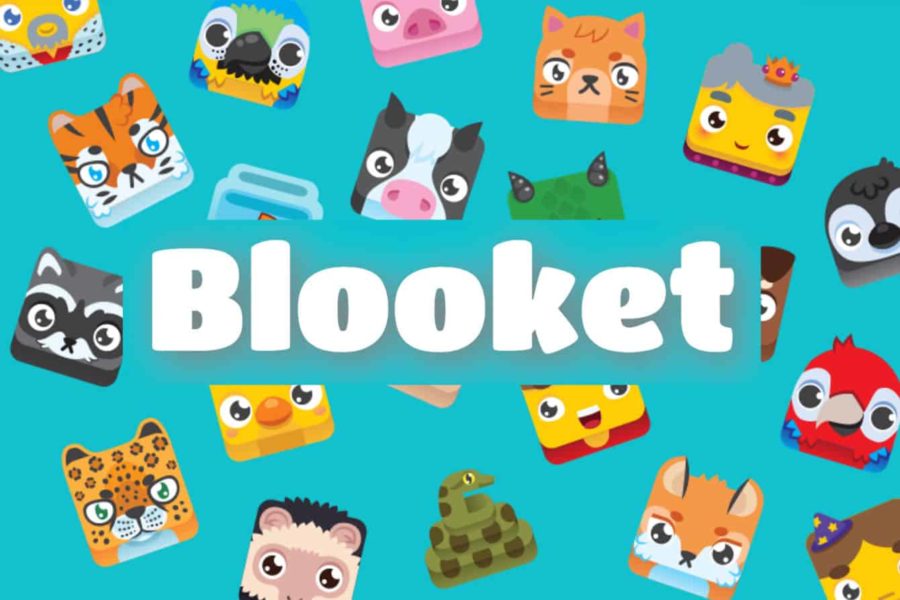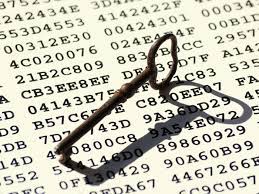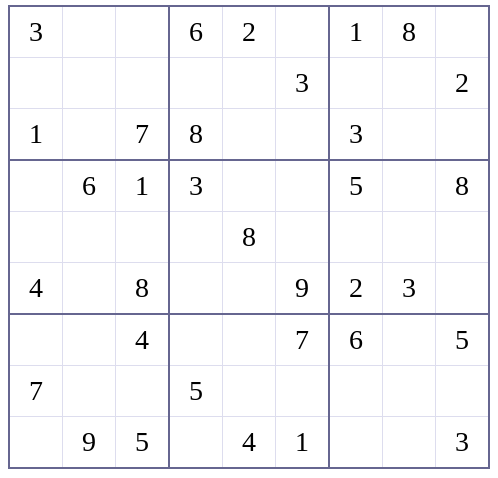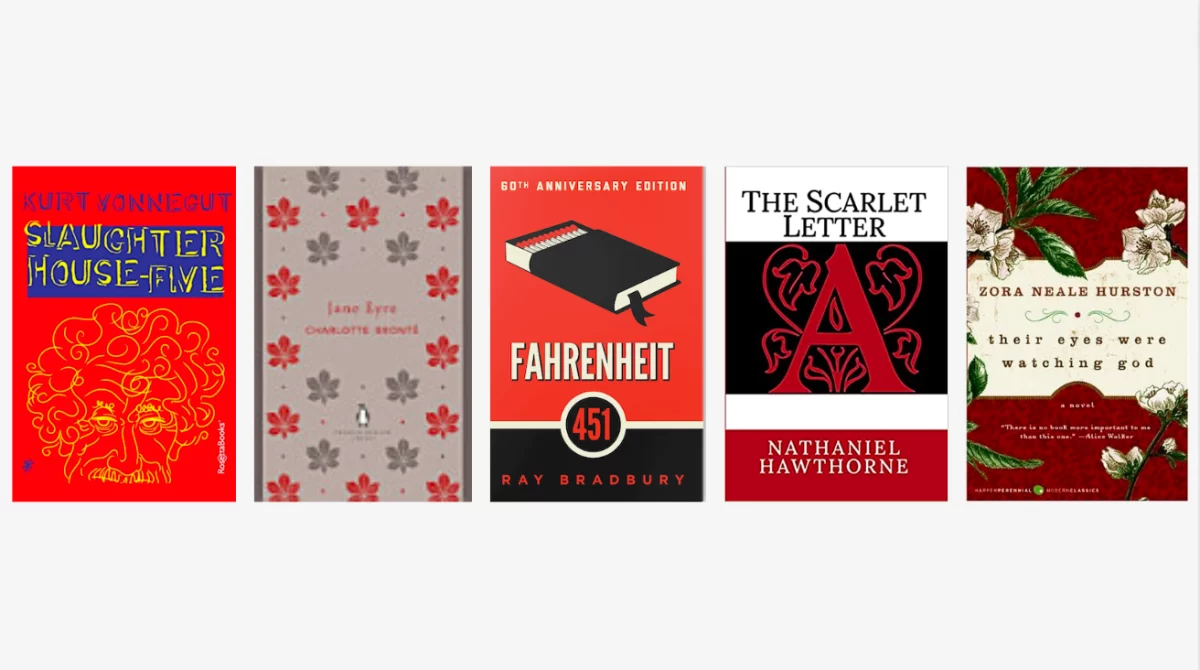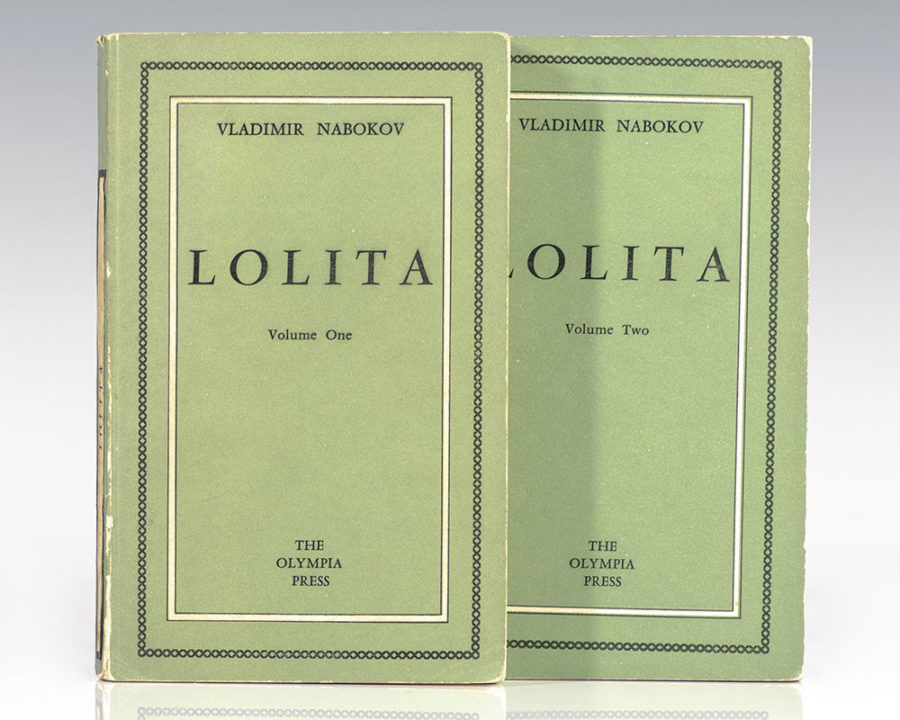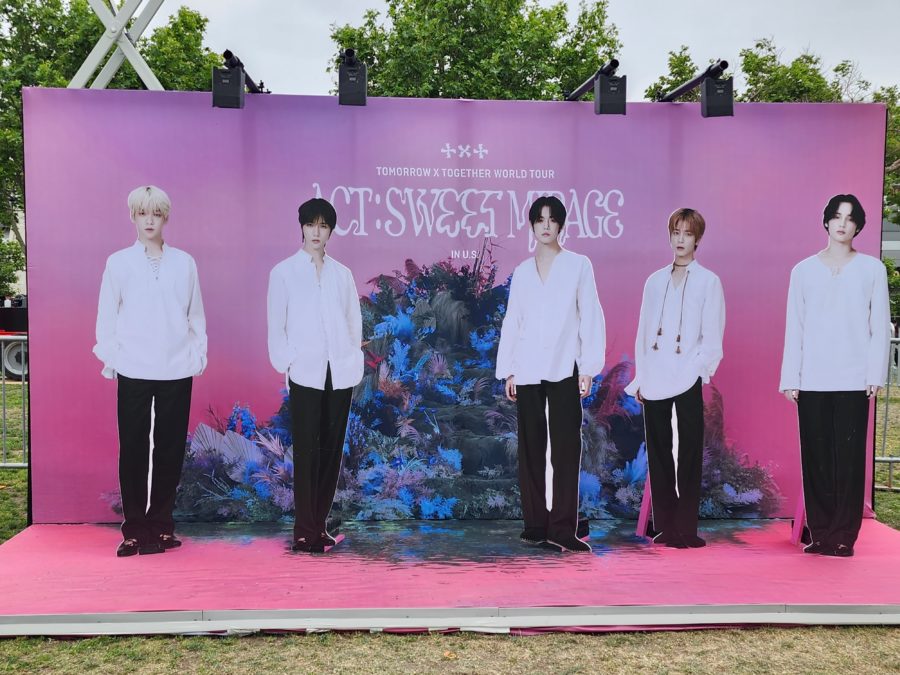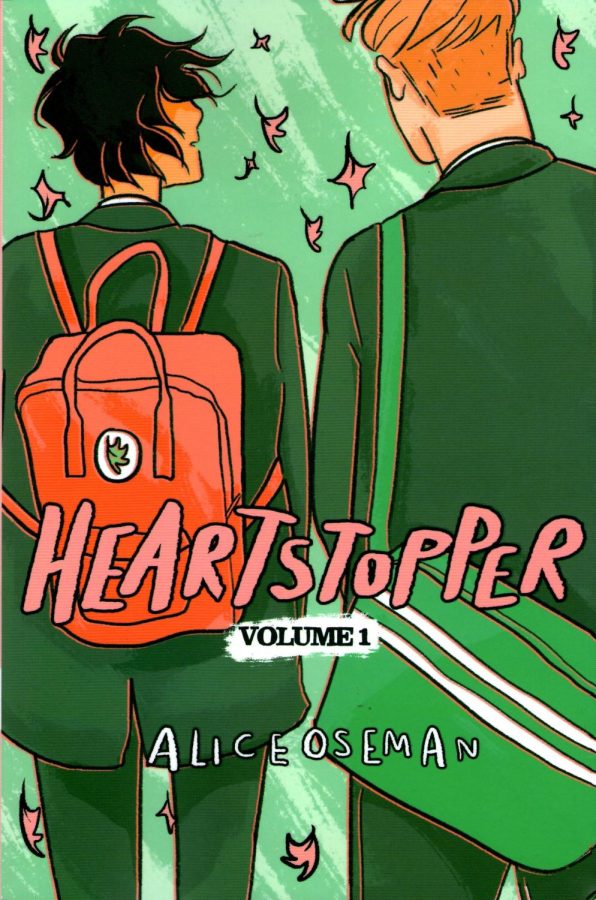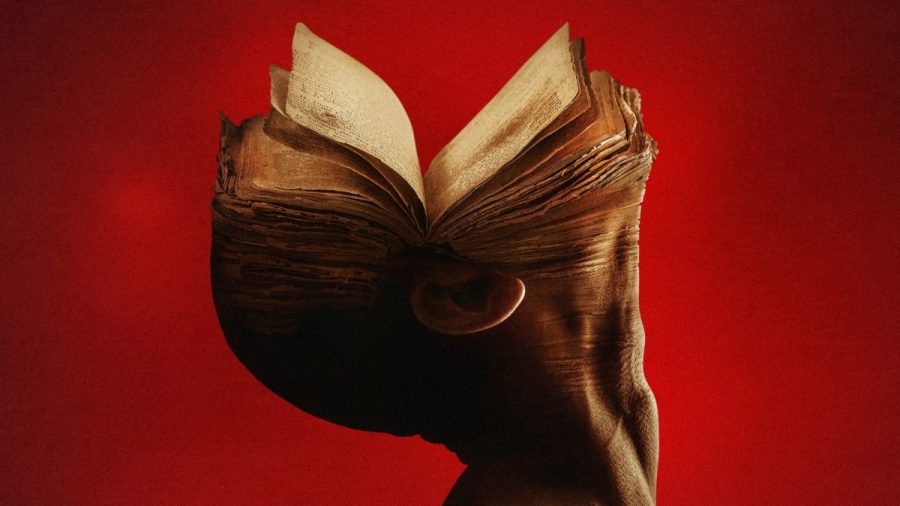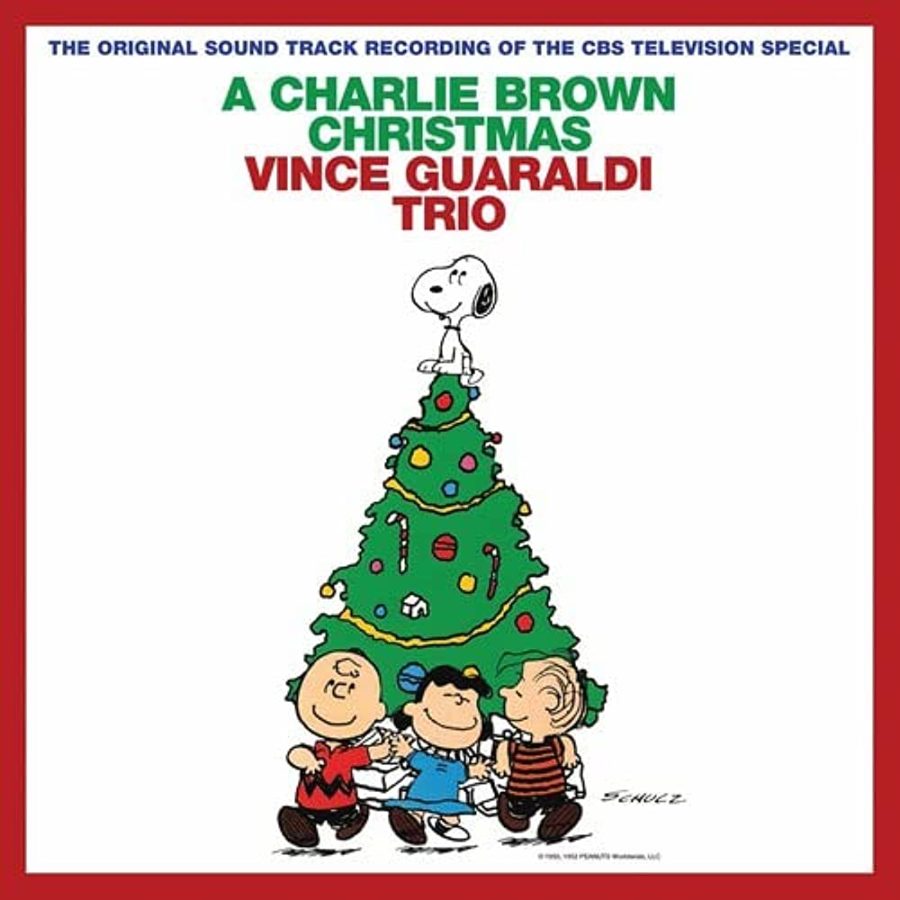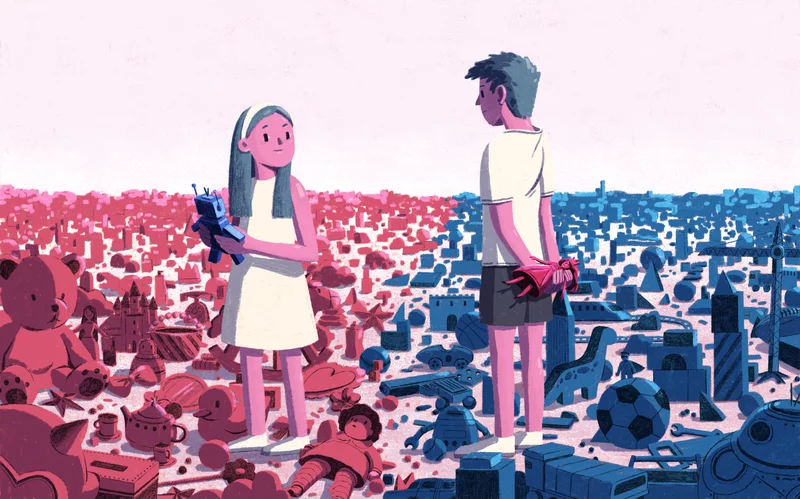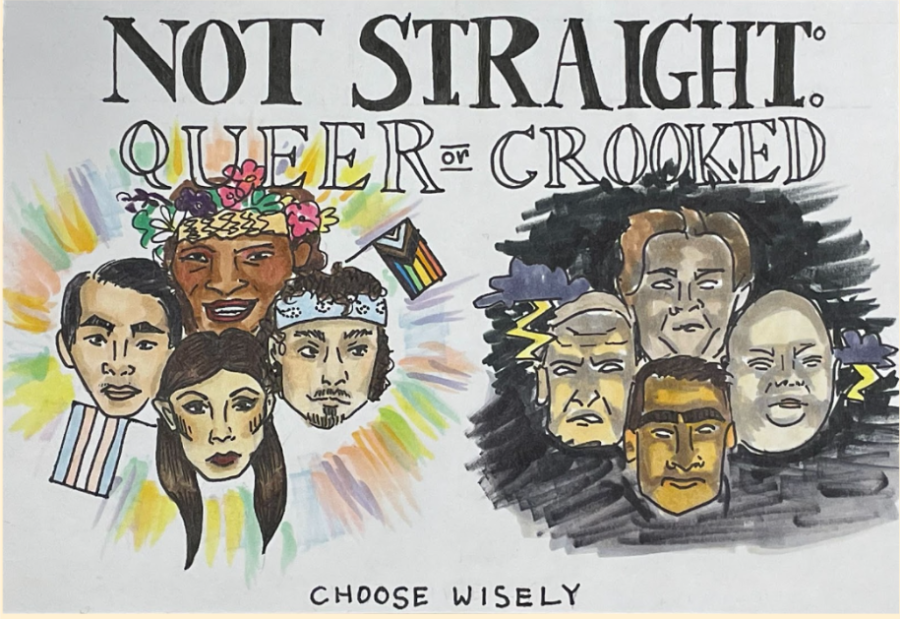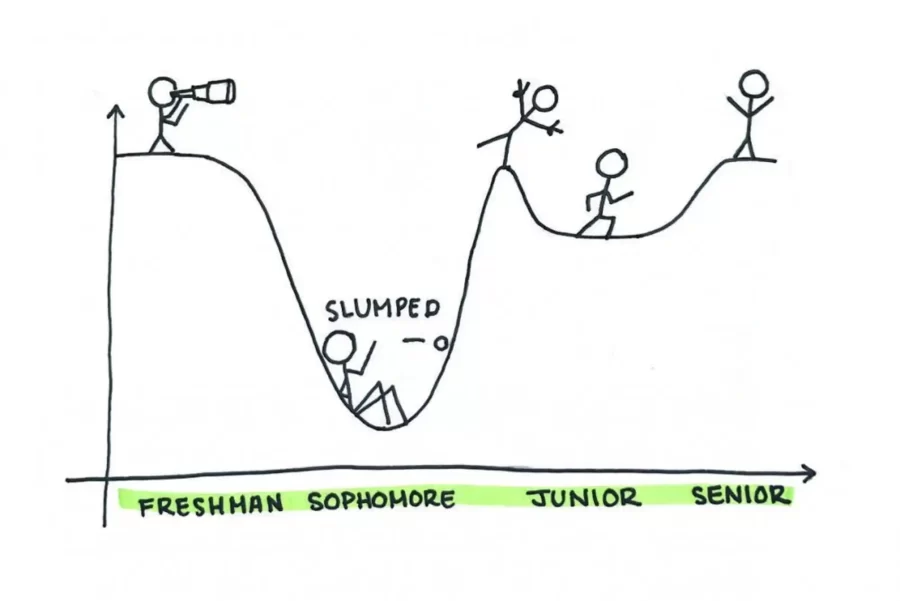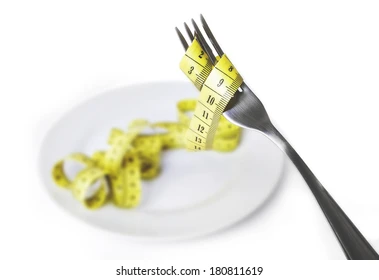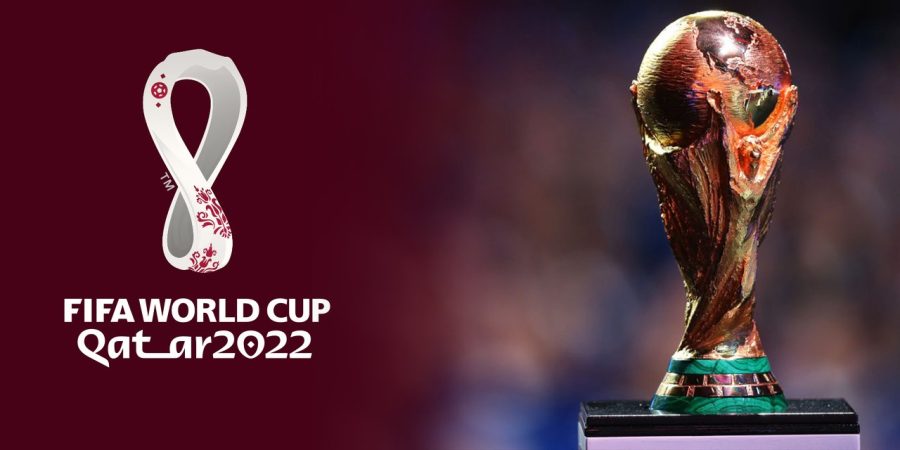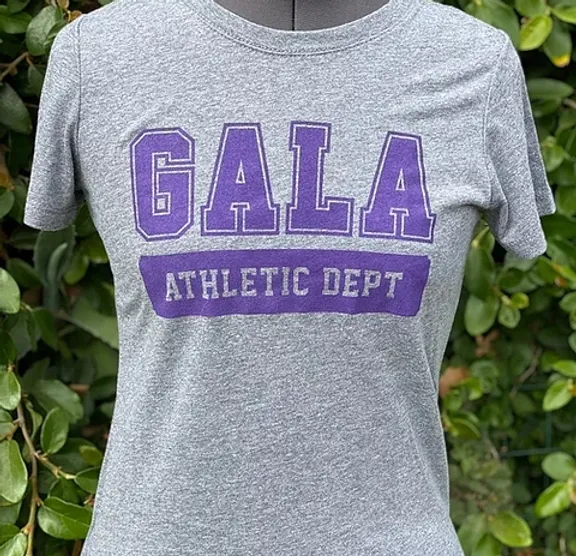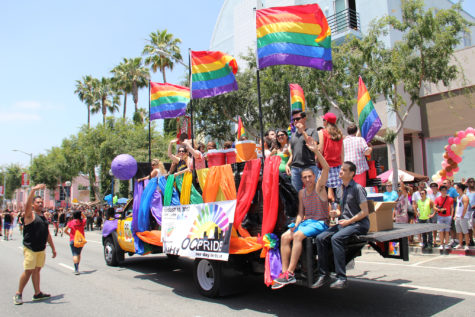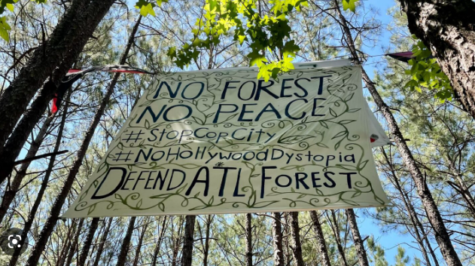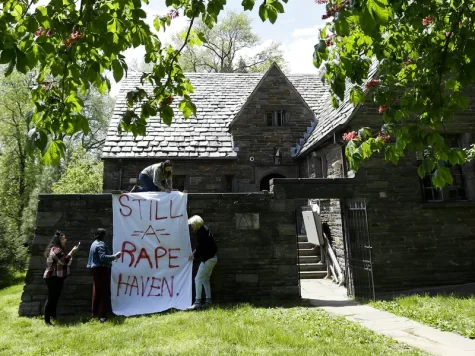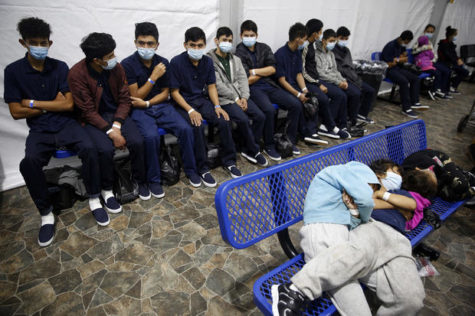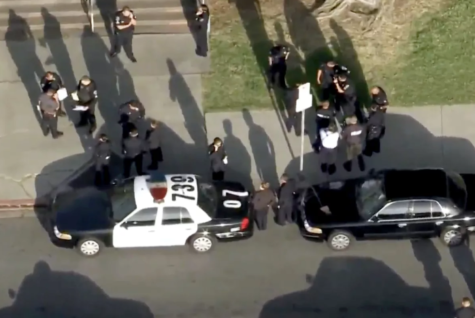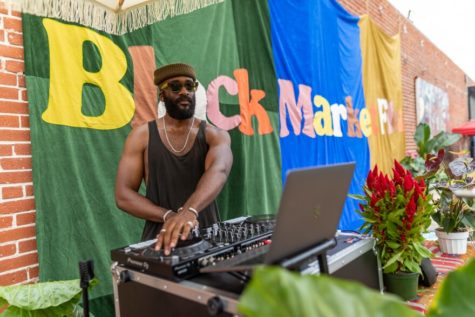What is Critical Race Theory?
African American Studies at University of Florida
The words Critical Race Theory are in a bold white font, centered, around a mixture of words that hold power to it. Words include employment, justice society, civil rights, etc.
In the heat of American politics, you might have heard of a term called critical race theory, either through watching the news or browsing social media. It’s been employed as a complex and expansive academic theory that’s become a political hot button. Making the heads of both political parties catch a piece of the pie, as school boards turn into battlegrounds, this difficult term has only flooded our new world’s vocabulary.
A Brief Background
Kimberlé Williams Crenshaw, a law professor at the University of California, Los Angeles School of Law, and Columbia Law School, is largely recognized for coining the term. As she explains, “It is a way of seeing, attending to, accounting for, tracing and analyzing the ways that race is produced.” Derrick Bell is widely known as the godfather of this theory for his major arguments that challenged and critiqued the prevailing liberal and conservative positions on civil rights, race, and law.
CRT, as it is often abbreviated, contends that racism is firmly rooted in American policy, law, and culture, rather than being purely personal and individual. Meaning, that racism is largely structural and intrinsically systematic.
Critical race theory proponents assert that minority groups in the United States (nonwhites) are singled out and disadvantaged as a result of politics intact by public officials and politicians. Such disadvangements include unequal access to public resources and their distribution, which affects quality of life, education, housing, employment, and safety.
Some opponents believe that in order to attain fairness, the ideology proposes discrimination against white individuals. According to the thesis of opponents, racism is a part of everyday life, and people of all races, whether white or nonwhite, can make decisions that feed prejudice.
Let’s See an Example of CRT…
A great example of how critical race theory goes into play is through the segregation of predominantly Black and brown neighborhoods, called “White Flight.” During the 1960s-1980s (highlight of the Civil Rights Movement,) this phenomenon of white Americans leaving their neighborhoods for communities–now known as the suburbs–was largely popular. As much as the US was improving on accepting races of all backgrounds, many were still opposed to this idea. On the bias of race or alleged race, several people decided to leave. Many businesses soon followed after their white counterparts and left. Following this, bias in race throughout these underserved communities were challenged, one aspect was that banks refused to lend to Black individuals in these areas and it overall lowered the price of the entire neighborhood over time.
Today, the same discriminatory practices are perpetuated through rules that appear to be race-blind, such as single-family zoning, which hinders the construction of inexpensive housing in advantaged, majority-white communities, stymieing racial integration attempts.
The Controversy
CRT emphasizes the need of examining and correcting these results. There are considerable differences among attorneys, instructors, legislators, and the general public regarding how to achieve these things precisely, and to what degree race should be expressly appealed to or referenced in the process.
On school grounds, many parents are in disagreement with teaching kids CRT, as they believe that it pushes an agenda on the kids. “The theory is invading classrooms,” is a line of defense that many CRT opponents have pushed. As a result, most of the present controversy appears to stem from detractors’ fears that students, particularly white students, may be exposed to potentially harmful or self-demoralizing beliefs. As the argument and debate continues, the main key is whether or not students, especially in public school (K-12), should learn of policies and history regarding race.
Conclusion
Critical race theory is an ideological way of thinking of life. It asserts that systematic racism takes place in policy, law and society, but it also, as a result, has detrimental effects including the way a person of color lives life. However, as the phrase grows in popularity, so does the debate. The debate over whether or not K-12 schools should teach CRT or provide training in ‘anti-racist’ workshops for employers in any industry is heating up and shows no signs of cooling down anytime soon.
Sources
What Is Critical Race Theory, and Why Is It Under Attack?
What Is Critical Race Theory? A Brief History Explained – The New York Times
What is Critical Race Theory?
Food Deserts In Targeted Neighborhoods of Color – The Echo
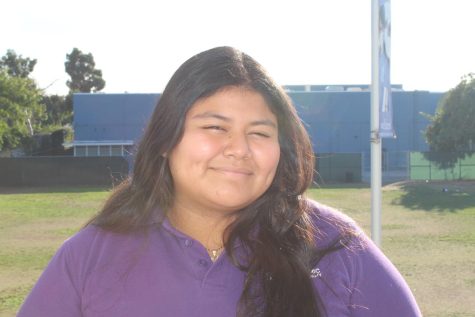
Victoria M-L is currently a junior and in her second year working with The Echo, GALA's school newspaper. She enjoys reading, listening to music, playing...
